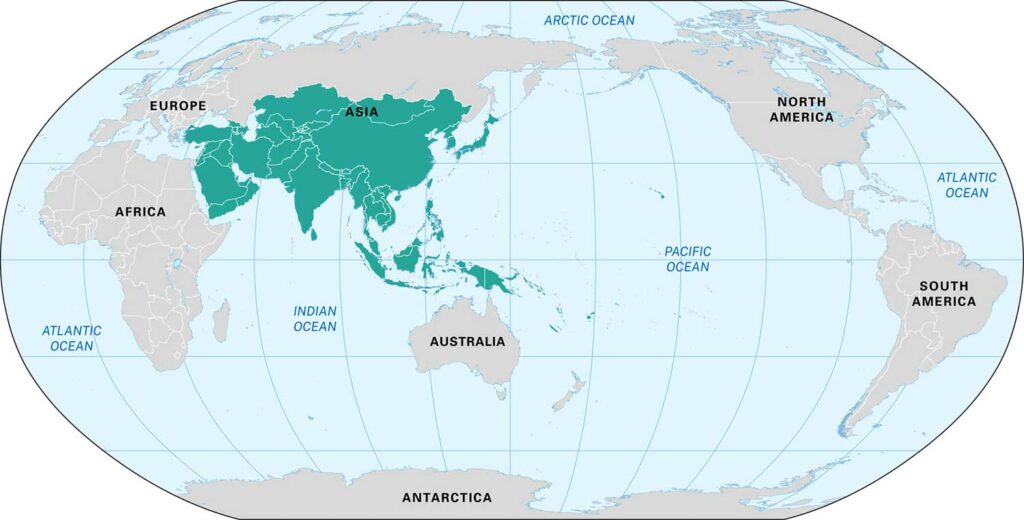Getting the Vote
May is Asian American and Pacific Islander Heritage Month. Mabel Lee was an immigrant from China who helped women win the right to vote in the U.S.
George Grantham Bain Collection/Library of Congress, Washington D.C. (LC-DIG-ggbain-35680)
Chronicling America: Historic American Newspapers/Library of Congress, Washington D.C. (sn83030214)
Library of Congress, Washington D.C. (LC-DIG-ppmsca-58365)
On May 4, 1912, there was a parade on Fifth Avenue in New York City. The parade wasn’t a celebration. It was a way to get people’s attention. The goal of the parade was to let the government know that women should have the right to vote. Leading the marchers on horseback was a 16-year-old named Mabel Ping-Hua Lee. Although she was young, Lee had already become a leader in this cause, which was called “women’s suffrage.”
Lee was interested in rights and fairness from an early age. Born in China, she arrived in the U.S. with her family when she was about 9 years old. She saw that women were not treated the same as men. She also saw that Chinese Americans faced racism. In fact, the U.S. government had made a law in 1882 called the Chinese Exclusion Act. This law stated that most Chinese people would no longer be allowed to move to the U.S. (Lee’s family had only been allowed because she was invited to go to a U.S. school.) Lee believed the U.S. should be a place where everyone is treated equally.
After the parade, Lee went to Columbia University and became a doctor of economics. She also continued to speak out for women’s suffrage. Lee published articles and gave speeches. She said that giving women the right to vote was an important part of democracy. After all, government leaders were only being chosen by half the adults—the men. That meant women didn’t have a say in what their government was doing.
Lee also knew that Chinese Americans—especially Chinese American women—did not have enough of a say. She wrote and spoke about the need to make sure Chinese American girls could go to school and Chinese American women could vote and participate in other community activities.
Over time, voting laws changed. In 1917, New York State granted women the right to vote. In 1920, the U.S. Constitution was amended (changed) to give women the right to vote.
But the fight wasn’t over. The Chinese Exclusion Act stated that Chinese Americans couldn’t become citizens. And that meant that Chinese Americans, including Lee, couldn’t vote. The Chinese Exclusion Act remained a law until 1943.
Lee died in 1966 after a lifetime working to help others. She was an important part of the hard work that gave so many people the power to vote.





